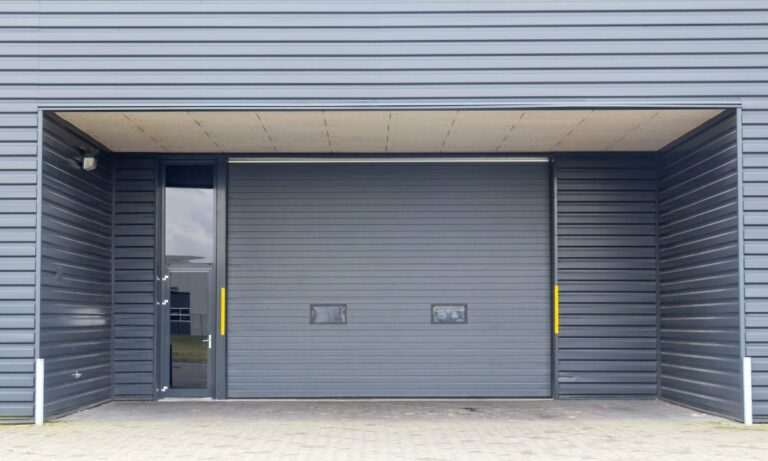
Walk past an office complex where the hedges are spilling into sidewalks, uneven, maybe even hiding the front sign. The impression? Neglect. Now picture the same space where the greenery is shaped, balanced, sharp lines guiding the eye. Totally different feel. That’s what commercial hedge trimming does—it changes the mood of a property. And not just the mood. It shapes safety, plant health, even the way people behave in the space.
Why Timing Can’t Be Random
One of the biggest errors is cutting hedges when they “look messy.” It feels natural, but plants don’t operate on appearance—they operate on growth cycles. Cut them at the wrong moment and you’re forcing weak, soft growth that the next frost will burn off. Or worse, you stress the plant so badly it spends energy in the wrong season.
Evergreens, for example, usually need two or three trims a year. The heavy one? Late spring, once the main flush of growth appears. Deciduous hedges are a little more forgiving, but even they respond best when growth is strong. Ignore that rhythm and the hedge might survive, but it won’t thrive. Professionals know this instinctively; amateurs often learn after a hedge starts thinning out.
Shape Is More Than Looks
Most people love a flat, vertical hedge face. Crisp, clean. But cut like that, sunlight never reaches the lower sections. Result? Bare legs at the base, green only on top. It looks fine for a while, then suddenly you’ve got a hedge with gaps you can’t fix.
The smarter way is counterintuitive: cut so the hedge is slightly wider at the base than the top. Just a few degrees of taper. Landscapers sometimes call this the “green triangle.” It doesn’t look very different at first glance, but years later, you’ll notice the difference. Thick bottom growth, no hollow spaces, no dead wood hiding underneath.
Safety Gets Overlooked
When managers think “landscape safety,” they picture icy steps or uneven paving stones. Hedges barely cross their minds. But imagine a hedge at a parking lot exit—grown too tall, too bulky. Drivers pull out blind. That’s not just untidy, it’s a liability.
And there’s more. Overgrown hedges block streetlights, smother building signage, even cover security cameras. One client I worked with discovered that half their CCTV footage was useless because shrubs had crept up unnoticed. Trimming fixed it overnight. Landscaping connects directly to visibility and security. Ignore that, and problems build quietly until something happens.
Part of a Larger Ecosystem
Hedges aren’t just “green walls.” Birds nest in them. Pollinators feed. Small mammals shelter. If you hack away without considering timing, you destroy habitats. That’s why good maintenance often means trimming in rotation—leave one side dense while cutting the other, so wildlife still has somewhere to go.
And then there’s the functional role. Thick hedges block traffic noise, act as windbreaks, even create warmer microclimates near patios or courtyards. But that only works if the hedge is managed to stay dense. Cut too hard, too often, and you lose the very qualities that make them valuable. This is why thoughtful schedules matter, not just clippers and free afternoons.
The Psychological Effect
People feel landscapes before they consciously notice them. Ragged hedges give off tension. Clean, shaped hedges? Calm, order, competence. It’s subtle, but it matters. A hospital framed by uneven shrubs sends the wrong message. A courthouse with precise greenery communicates seriousness and stability.
For businesses, this becomes part of brand identity. Shaped hedges whisper discipline. Attention to detail. Even if visitors never articulate it, the impression sinks in. Which is why commercial hedge trimming belongs in the same conversation as signage, paint color, or lighting—it’s not just background, it’s communication.
Cost: The Lesson Everyone Learns Too Late
Skip a year, maybe two, and suddenly hedges are sprawling, woody, and way too large for easy correction. At that point, trimming isn’t enough. You’re looking at heavy cutbacks that strip the hedge bare—or in some cases, replacement. Both expensive. Both disruptive.
Regular trimming avoids this spiral. It keeps growth in check so hedges never cross that invisible line between “manageable” and “out of control.” Landscapers will tell you the truth: steady, consistent maintenance costs less in the long run. Property owners who delay? They usually pay double later, and often dislike the harsh look that comes with recovery cuts.
Conclusion:
Hedges are never just hedges. They’re barriers, habitats, safety features, and design elements rolled into one. If they’re left alone, they turn into problems—blocking sightlines, thinning out, or overwhelming architecture. If they’re trimmed with skill, though, they add life, structure, and authority to the spaces they frame. Timing, angle, rhythm, all of it matters. Which is why commercial hedge trimming is more than routine care. It’s one of the quiet foundations of a healthy, functional, and truly impressive landscape.







